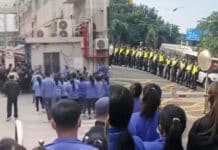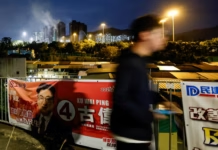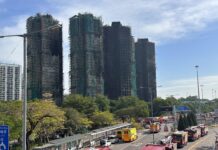Struggle not only for a humane refugee policy and but also for a socialist society
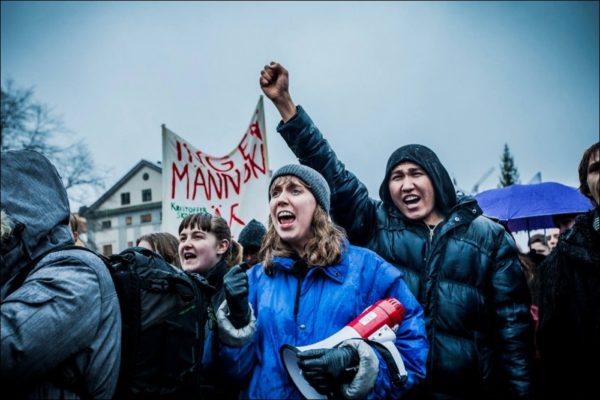
Liv Shange Moyo, Rättvisepartiet Socialisterna (CWI Sweden)
Before the seasonal holidays began in Sweden, an historic strike against the deportation of refugees was organised. On December 12, at 12 o’clock, school students across the country – from Boden in the north to Ystad in the south – took part. At least 50 schools in 19 cities and towns were involved. The sense of strength and cohesion was overwhelming.
The strike’s show of strength could be a launch-pad for a sharpening of the ongoing struggle against the government’s divide-and-rule and deportation policy.
Globala Gymnasiet in Stockholm, the secondary school (16-18-year-olds) at which the initiative for the December 12 strike was taken, was basically emptied of students (only those who were sitting national examinations in maths remained). Assembled in the schoolyard, the Globala students started off with an hour of speeches there before joining students from 20 schools at the square Medborgarplatsen. In total, 2,000 participated at Medborgarplatsen for one and a half hours, despite snow-blown rain, winds and ice-cold.
Like Globala in Stockholm, Gymnasiebyn in Luleå served as a centre for the strike organising. The Students in ‘Let us Live – Young in Sweden’, Luleå had aimed at a “real” school strike since September, and started discussing it seriously in October. The fact that students in two cities worked together made a nationwide strike possible, and the two driving centres constantly spurred each other on.
Build-up
Long weeks of preparation strengthened the commitment of the young activists who carried out the strike. Because of that, the spread of the initiative could have its own life, especially in the last days before December 12 when a number of new schools and locations joined in – such as Tranås, Östersund, Ystad, Gävle and Umeå. Having a worked-out “kit” for strike organization, such as flyers, mobilisation lists, to-do lists, was a great help.
Eventually 4,000 took part in the strike, of whom 2,000 were in Stockholm, 500 in Gothenburg, 300 in Borås, 200 in Uppsala, and 150 each in Lund, Luleå, Boden and Piteå. 50 schools in 19 locations were affected, from north to south, east to west. These are impressive figures which sum up yet another historic step forward in the building of a fighting opposition to the Social Democratic and Green coalition government’s brutal migration policy.
More important than the numbers, however, is the weight of the strike as a weapon. The fact that school students ‘downed their tools’ as a protest is a guide to the kind of methods that are germinating and waiting to be taken up as the struggle grows.
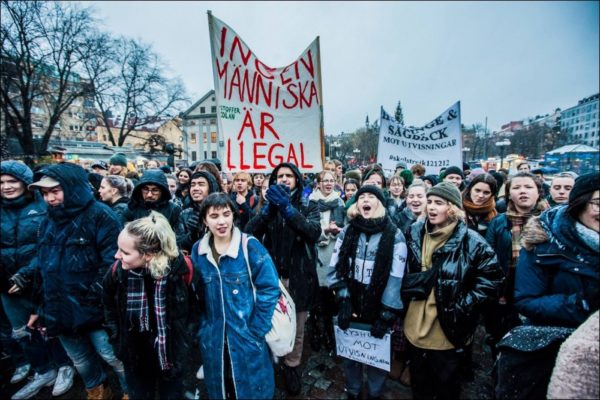
Refugees and students organise
In 2015, more than 35,000 unaccompanied children came as refugees to Sweden. Not until this year did they begin to get news on decisions about permits or (mostly) deportations. In early August, young Afghan refugees started what became a 58 day long 24/7 out-door sit-down strike in Stockholm, spreading also to other cities. The sit-down strike called Ung i Sverige (Young in Sweden) started with a handful. At the peak, they were about one thousand, gaining increased support and putting pressure on the politicians.
The mood against deportations has also been nurtured by the provocations of both the state and the Nazis – the victorious anti-Nazi mobilization in Gothenburg on 30 September played a major role – both as inspiration and as a warning of the destructive forces fostered by state racism.
In line with the disclosures of arbitrary age revaluations and growing numbers of rejections of permit applications, the Migration Board’s credibility has been laid bare more and more, and this hardened the determination of the strike preparations. The beginning of a nationwide organisation has shown its strength – when many combine their strength, they can turn the situation around by pulling the heaviest of loads.
Rättvisepartiet Socialisterna
Members of Rättvisepartiet Socialisterna (RS, CWI Sweden) and Students Against Racism played an important part in the strike preparations. Our weekly paper, Offensiv, carried reports and analysis with a very good response among the activists. On the day of the strike, RS had speakers at the demos in Stockholm, Gothenburg, Borås, Luleå and Boden.
At the Stockholm demo, there were speeches from refugees, several organisations and individuals: Students Against Racism, School Students Against Deportations, Young in Sweden and others. For RS, Natalia Medina spoke: “We’ve never got anything for free. Not a single right has come because the rulers suddenly realised that it was a good idea. Arguments and appeals to politicians and rulers do not work. It’s big mass movements, strikes and protests that make change”, said Natalia to enthusiastic applause.
Solidarity messages were read out from striking students in Kassel, Germany, and Tamil refugees in Britain. At one meeting preparing the strike, Sindicato Estudiantes in Spain, shared important lessons about school strikes via Skype.
Future action
It is a strength that the strike on 12.12.12 in addition to focusing on making the day’s activities a success also managed to look forward to continued struggle. The call for a protest day with strikes and demonstrations in January-February is a brilliant initiative that should be spread in all forums – trade unions, cultural, sport and tenant associations, for example. Closer coordination between the various centers of action, as well as discussions on the alternative to the government’s deportation policy, is a key to further steps forward.
The state and establishment are clearly concerned. Two weeks before the strike, the government announced a partial retreat they claimed could give permits to up to 8,000 refugees. However, it is subject to a string of conditions. Only those who arrived before 25 November 2015 are included. The young refugees must qualify for, and pass through secondary education and, after that, find a job. And this is to be implemented “by summer”.
Meanwhile rejections and deportation orders continue. The Monday before the school strike a group of refugee youth was deported. A number of young refugees have committed suicide this year. The government hoped that the announced retreat would calm the movement; instead, it is arriving at increasingly radical conclusions and applying increasingly radical methods.
The attempts to slow down the movement against the expulsions are driven by fear. Young people at the head of a fast-paced and fast-moving movement threaten to pull more and more people along in the movement against the Social Democrats’ and Green’s brutal refugee policy.
The struggle of recent months has already opened many eyes to the naked hypocrisy with which the Swedish government’s policy forms – exposing that the real “us” and “them” are youth and workers of all origins against the tiny elite who try to use suspicion against people on the run to divert focus from the fundamental contradictions in society.
The school strike represents an escalation that gives great hope of many more people being reawakened in the coming months – not only for the struggle for another refugee policy but also for another, socialist, society.


